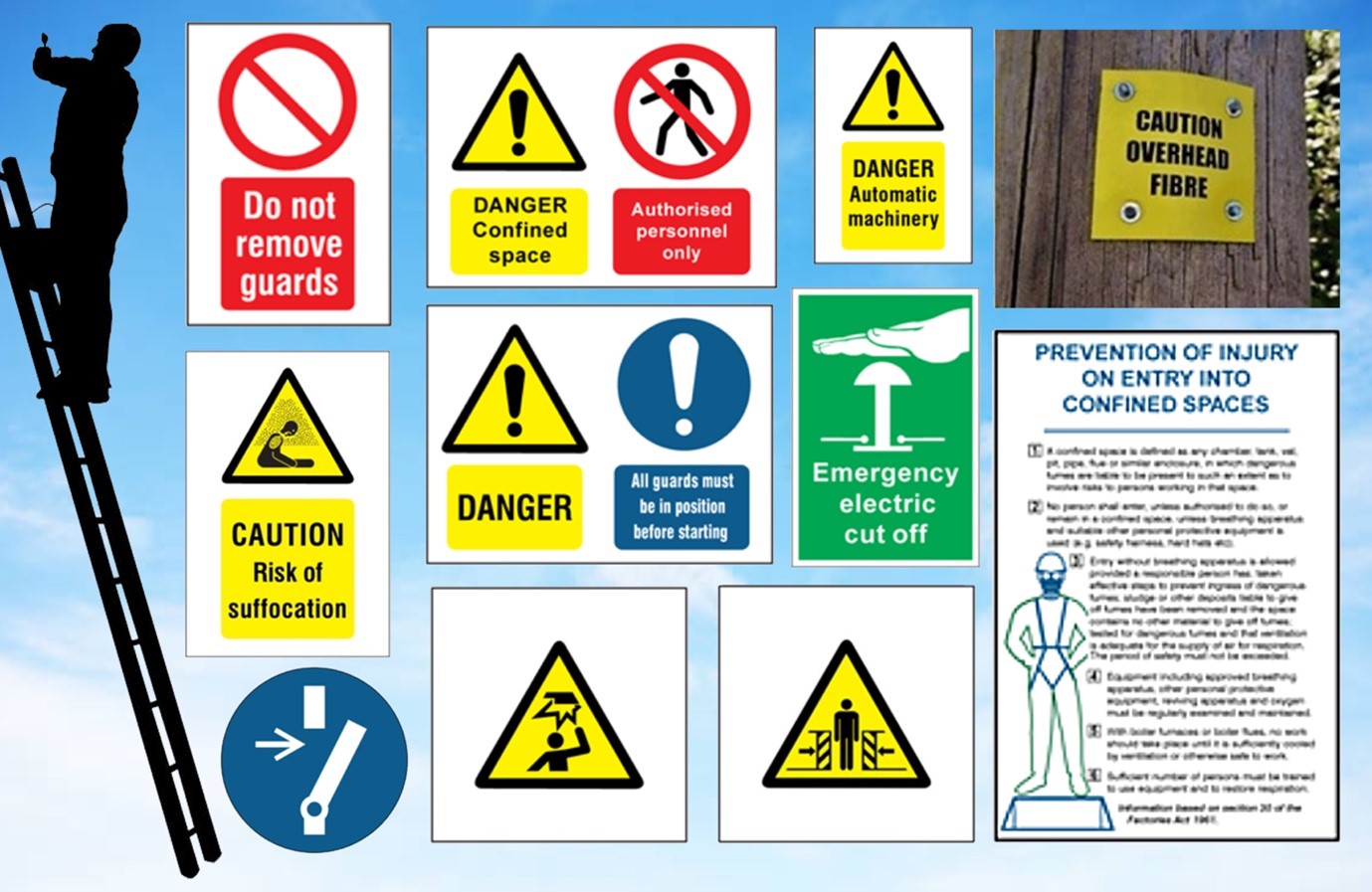
Lone working is common for many employees in the UK. And, whether you’re working a night shift alone in a shop or hotel, working alone in an office or working separately from everyone else in a factory, lone working carries risk.
Since the COVID-19 pandemic began, lone working has become more common. Outside of working from home, staff members who previously worked in pairs or small groups may have now found themselves working alone.
The definition of a lone worker is someone who:
- Works alone at a fixed base, such as a hotel, shop or petrol station.
- Works alone in farming or agriculture.
- Works apart from other people in a shared workspace (such as security staff and cleaners).
- Works from home.
- Works away from a fixed base, such as those who work “from the road” (for instance delivery drivers, nurses, social care workers, postal staff).
Below, we discuss the lone working risks, how to enact a lone worker safety policy and how to carry out a lone working risk assessment.
Lone Working Risks
Lone working risks are similar to the usual risks that come with working together with a team. However, they come with the caveat that workers are usually isolated, making the consequences of these risks much worse.
In total, lone working risks include:
- Accidents and injuries resulting in a lack of proper first-aid.
- Poor provision of hygiene, rest and welfare provisions.
- Security issues, such as encountering violent members of the public or intruders.
- Mental health challenges.
The majority of lone workers are trained on how to deal with the above, but to ensure they’re safe, employers with lone workers should adhere to the law and create a lone working risk assessment.
Lone Working: What Does The Law Say?
There is no specific law regarding lone working. Instead, it comes under The Health and Safety At Work Act and The Management of Health and Safety at Work Regulations.
These laws are hefty documents with numerous guidelines and rules to adhere to, but when it comes to lone working, it essentially boils down to the following:
- An employer must deal with any risks associated with home working before an employee is allowed to do so.
- All risks must be assessed: including violence, manual labour, the health of the worker, hazards around the workplace and any mental health risks.
- There must be an assessment of whether training is needed, preparations must be made to ensure staff are trained.
- Systems must be put in place to ensure the lone employee can report accidents and any issues quickly.
Underpinning all of this is the need for a comprehensive assessment and safety policy.
How to Create a Lone Working Risk Assessment and Safety Policy
There is no legal requirement to create a specific lone working risk assessment. However, lone working should be considered in your general risk assessment and safety policy.
This means, when carrying out your risk assessment, you should make lone working provisions such as:
- Considering how risks differ when encountered by a lone worker.
- Putting separate steps in place to navigate risks for lone workers.
- Considering how risks change when they involve a lone worker.
- Using risk assessments to inform safety policy.
- Regularly updating risk assessment and safety policy in line with lone workers’ experiences.
To learn more about risk assessments, consider reading our blog on the subject: Risk Assessment Kits: Prevent Accidents & Injuries in Your Workplace.
If In Doubt, Consider Safety Signs
Whether it’s for the benefit of lone workers or general employees, safety signs can be a big help in the workplace.
Our full range of safety signs covers everything from prohibition signs to health & safety labels, so they can help protect all types of employees.
For more tips and all the latest safety news, follow us on Twitter.